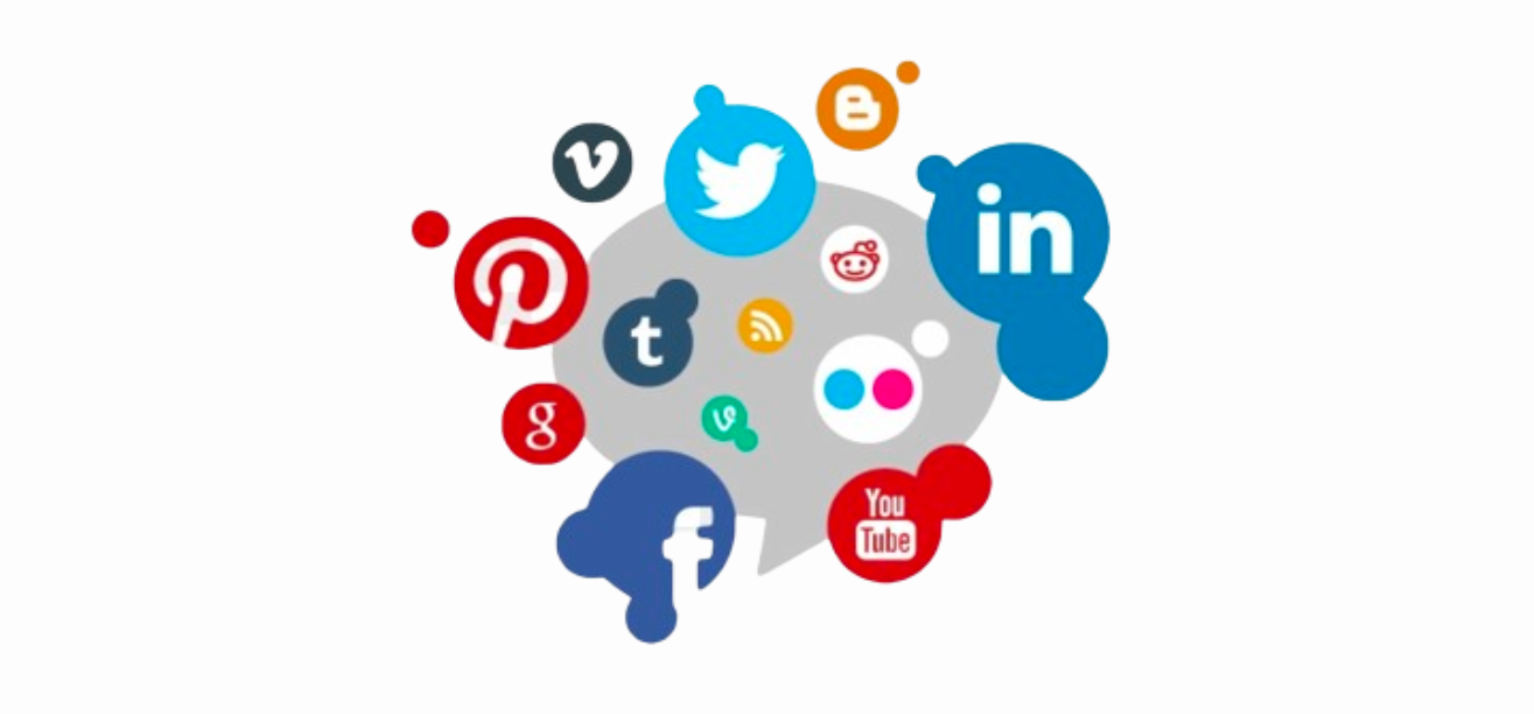
Media Safety
Guiding young brains through the virtual world is becoming more and more important in a world where digital engagement is just as ubiquitous as face-to-face conversation. The New York Times reports on a shocking trend: in only two years, tweens and adolescents have increased their screen time by 17%, surpassing increases in the previous four years. Nowadays, teenagers and tweens spend about nine hours a day on screens, indicating the necessity for proactive and knowledgeable social media management techniques.
Embracing the Role of Digital Mentor
The responsibility of guiding youth in the digital realm encompasses understanding its impact, engaging positively, and setting healthy boundaries:
- Understanding the Digital Pulse
Social media and screen time are portals into huge realms of engagement, learning, and discovery; they are more than simply digital hobbies. However, they also come with risks, such as being exposed to offensive material, being the target of cyberbullying, and having a digital addiction. Acknowledging these elements contributes to teaching youth about the possible risks and proper usage of digital media. - Engaging and Monitoring
It's critical to monitor young people's internet activity. The goal of this involvement is to create an atmosphere where they feel comfortable discussing their online experiences rather than snooping around in their digital life. It involves teaching children how to use social media sensibly and carefully and making sure they are aware of the consequences of their online presence. - Crafting Healthy Digital Boundaries
Limiting screen time is crucial, but it's also critical to promote a healthy balance. Encouragement of artistic endeavors and physical fitness goes a long way toward proving that life offline can be just as fulfilling as life online, if not more so. The goal is to emphasize the importance of both the digital and physical worlds while striking a balance between them. - Modeling Digital Citizenship
Our behavior has a big impact on developing minds. A strong example of responsible social media use, privacy preservation, and constructive online interactions is provided for them to follow. This strategy involves educating children on the value of preserving a positive online persona and polite online communication. - Educating on Digital Literacy
Literacy in the digital age goes beyond writing and reading. It entails preserving personal information, identifying the thin line separating reality from digital facades, and comprehending the subtleties of online communication. It is crucial to instill in young people a critical mindset when it comes to evaluating internet sources and the significance of digital security and privacy. - Sharing Digital Experiences
Engaging with the digital worlds of youth can yield insightful insights. It gives us an idea of their interests and online habits and gives us a forum to talk about their experiences and the digital stuff they watch. This shared journey promotes mutual understanding and respect for one another's digital domains, so aiding in the bridge of the generational digital gap.
Guiding adolescents in the digital era involves a combination of knowledge, participation, and ongoing education. Through maintaining awareness, leading by example, encouraging digital literacy, and participating in their online experiences, we can equip young brains to securely and constructively traverse the world of social media and digital connections. The ultimate goal is to get students ready for a world in which experiences in the real and digital worlds are appropriately and smoothly blended together.
